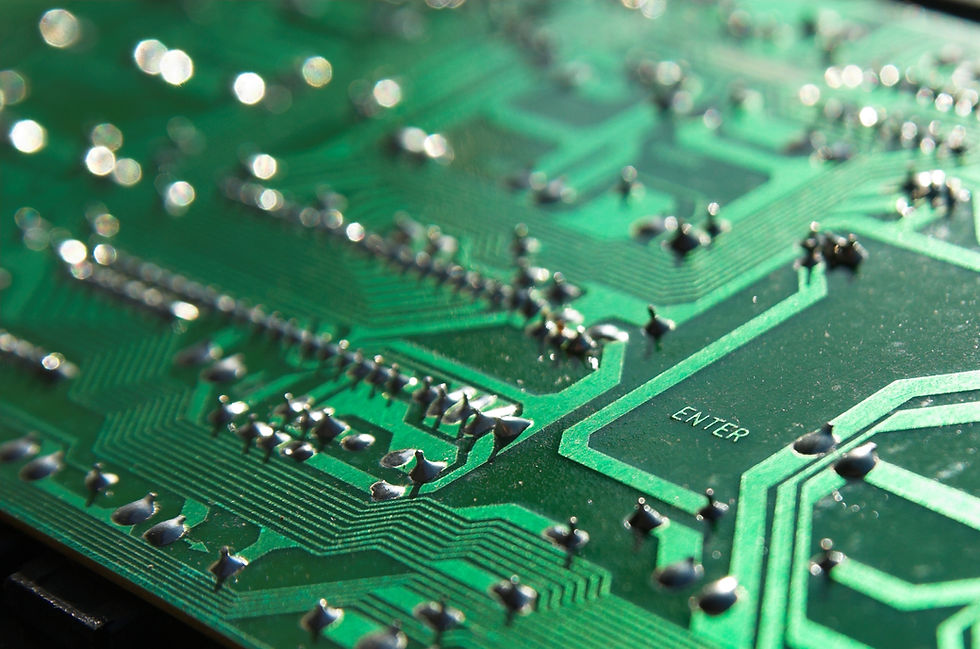
Clock this
Stand-alone DACs (Digital Audio Convertors) have made a hefty comeback in the HiFi world over the last five years; everybody wants a DAC! We also see that digital coax and optical inputs of varying quality seem to be installed into just about every piece of audio gear in a typical custom install rack. There are inputs on the AVRs, the power amplifiers and the audio matrices. And of course matching outputs on most source components to complete the chain.
However, a keen installation engineer, armed with a bag full of optical leads may not be necessarily doing the right thing by patching every output to input, at least if its done in the pursuit of best audio performance.
Some of the world’s best audio manufacturers have opposed the use of a separate DAC for years, and here’s why… the DAC is normally built into an audio device, with at least two connections linking the transport and DAC sections. One connection is for the audio data; the other for the sync clock. The complete package, all in one box, has been designed and tuned to give the very best sound at it’s analogue outputs. Think of the effort that goes into expensive music streamers and CD players, to make their analogue outputs sound as competition-beating as possible. Back in the 80’s, if a separate DAC were to be used with a CD transport, it would normally have two cables; it was the only sensible way.
These days, thanks to advances in technology (or glossing over the problem?), separate DACs can be used, and the good ones will re-clock the data that’s only coming over a single cable. However, with so many DAC circuits thrown in and ready to accept your source, how do you know you’re not downgrading the sound?
Consider the source device, think about whether it’s at least a semi-serious piece of audio gear and try the standard RCA outputs. Who’s to say that the built-in DAC isn’t already doing a great job?
Unless the DAC your plugging into is stand-alone, or part of a high-end piece of kit, then it might be better to bypass it. Try to find time to experiment and compare, because some DACs sound terrible!
Another common mistake when wiring up AV can be in the form of the digital audio output of the Bluray player being misused. Bear in mind that if you opt for the optical or coaxial output, there’s no way you’re going to get HD audio from the disc i.e. Dolby TrueHD, Atmos or DTS-HD Master Audio. For these you have to use the HDMI connection. So test it with a disc, check through settings and avoid leaving the customers house until you see it and hear it.
Lastly, manufacturers will often mention in their marketing which off-the-shelf DAC chips they’ve used. Normally you will spot either Burr Brown or Wolfson for example. By just placing one of these in a digital music player is not the end of the story, what the manufacturer chooses to do with the chip is what its all about. Listen to the end product, not the marketing hype.


Comments